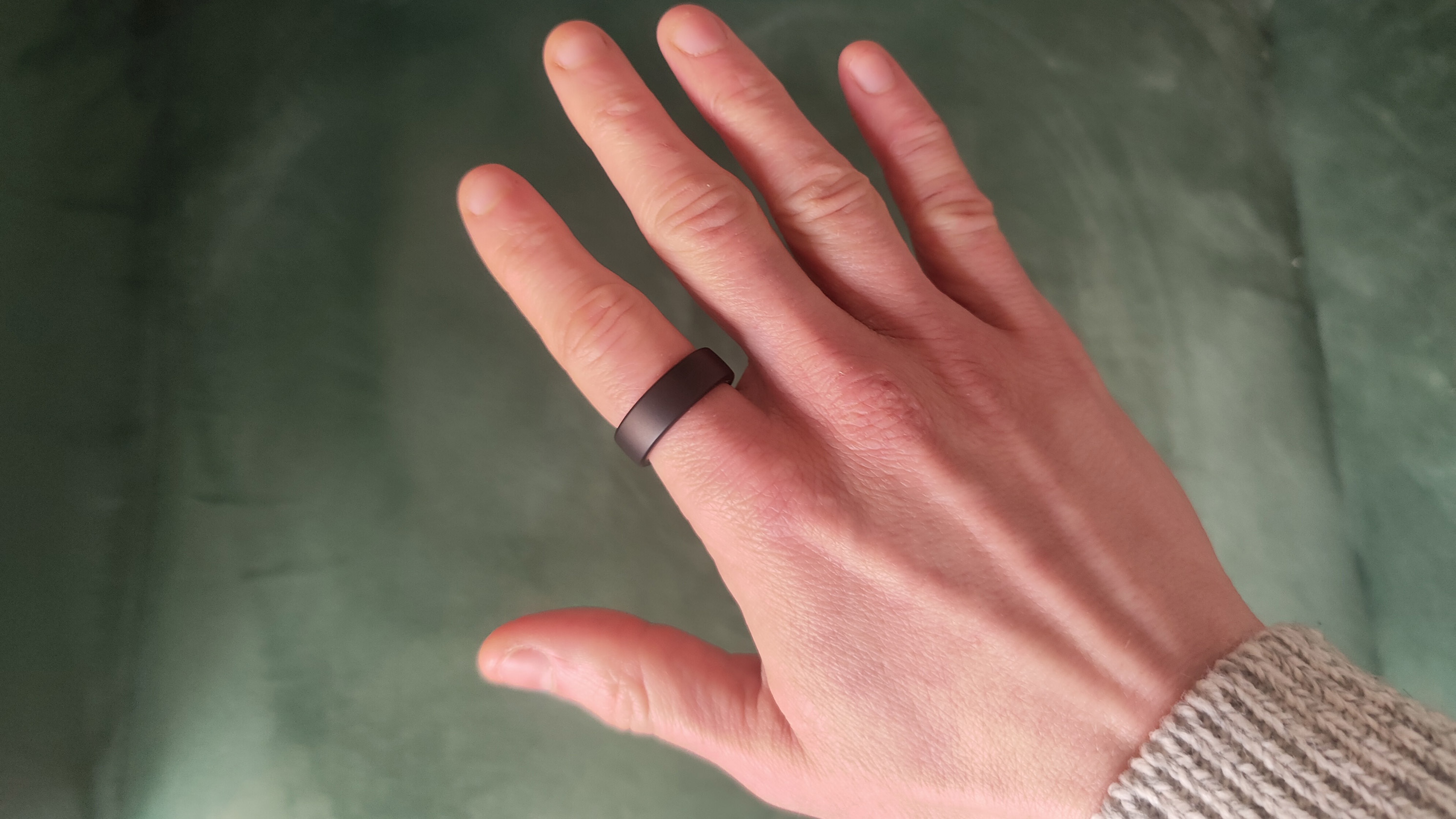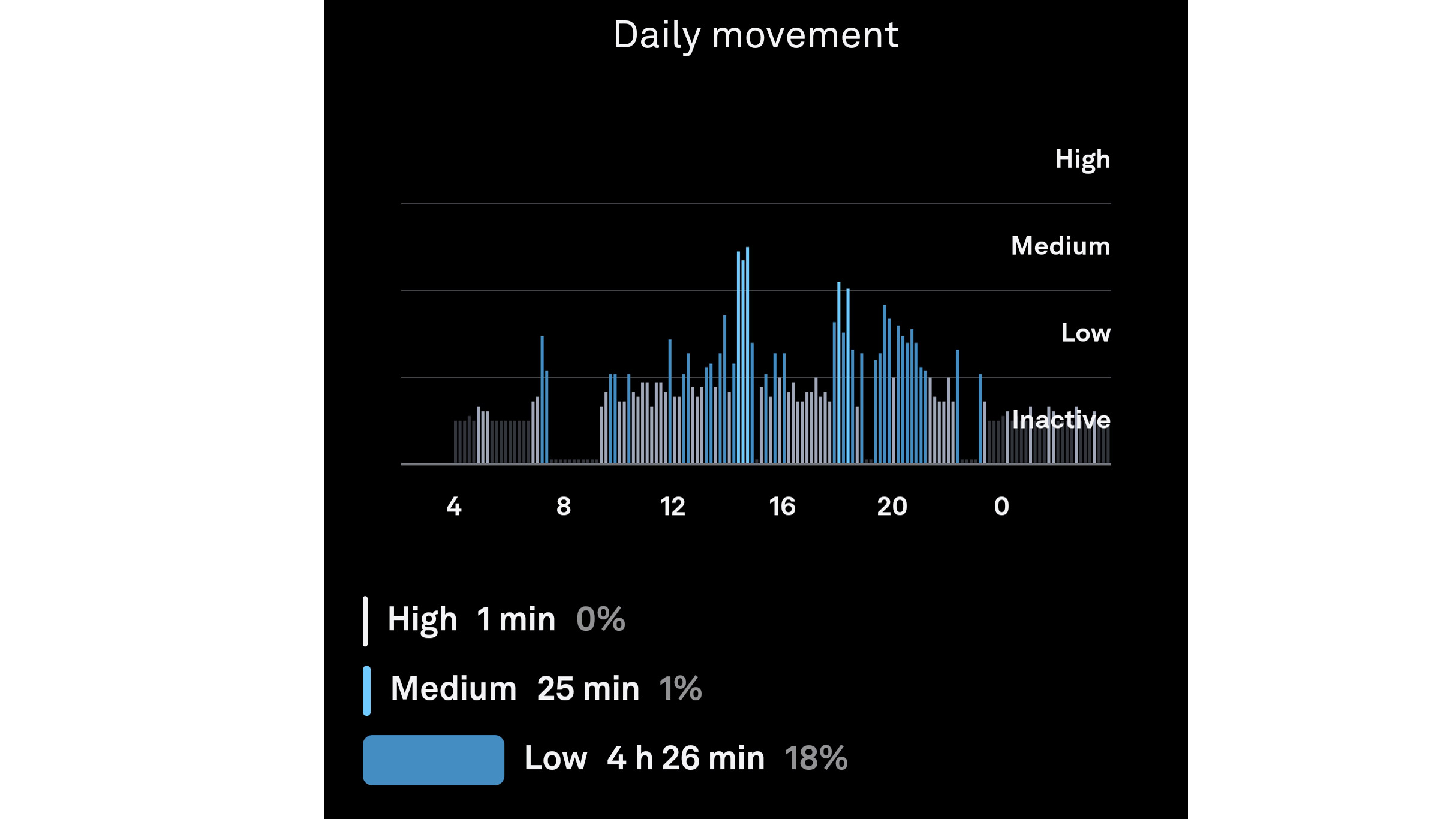Exclusive: Oura CEO Tom Hale on why smart rings are more accurate than smartwatches
Oura’s CEO Tom Hale speaks exclusively to TechRadar

For the last three weeks, I’ve been wearing the Oura Ring (generation 3) to monitor my sleep, health, and recovery. It’s been a really interesting journey, and I’ve gotten insights on my daily activity, stages of sleep, and what that means for my holistic health going forward. I’ve been able to add tags to different stages of my day (like “late dinner”, “coffee”, or “commute”) to better understand how my body operates day-to-day.
As I mentioned during my previous writeup, I loved the wealth of sleep and health tracking Oura was able to offer. It’s definitely earned its place as our best sleep tracker. However, my gripe wasn’t the holistic stuff such as sleep or wellness, but activity tracking.
Although the Oura Ring can use GPS from my phone to generate basic running metrics, I couldn’t log strength training sessions as I had to take the ring off when gripping iron bars. Runners need to double up on devices to get more detailed metrics, while for gym-goers, Oura barely tracks activity at all outside of heart rate and calories, and often needs to be removed.
I spoke to Oura Ring CEO Tom Hale about the problems of exercising with Oura, how Oura’s algorithms differ from its competitors, and what a ring can do that a wrist-based fitness tracker can’t.
“We're measuring your raw physiology,” says Hale. “Whatever workout you do, whether we track it or not, it shows up in your heart rate variability or resting heart rate. “If you do a workout in the afternoon or late evening, your temperature’s elevated and the ring will see that. How I should work out tomorrow, and how much recovery have I had? That is generally the use case for folks who are fitness minded.

“We really focused on what we call 'automatic activity detection', and we're trying to reduce the amount of work that it takes for you to track an activity and get the feedback that says, ‘Hey, you should continue doing this’. In many ways, we're thinking more about the 85% of people who don't go to the gym three times a week, as the healthy habit that we want to foster is daily activity.
"We don't care if it's cycling, or walking, or running, or housework or chasing the kids, or whatever it is; we just want to encourage that because that is good for your health. And we think of ourselves more as a holistic health tool than a fitness tracker.”
Get daily insight, inspiration and deals in your inbox
Sign up for breaking news, reviews, opinion, top tech deals, and more.
Hale makes a really good point: non-exercise activity thermogenesis, or NEAT, are the activities that make up most of our day, such as walking to the bus, doing the shopping, or playing with your children, and comprise most of our energy expenditure.
Research from the Mayo Clinic’s Endocrine Research Unit states: “Even trivial physical activities increase metabolic rate substantially and it is the cumulative impact of a multitude of exothermic actions that culminate in an individual's daily NEAT.”
In short, daily movement is often responsible for keeping weight off and cardio health up, rather than structured exercise. It makes sense: after all, your cumulative hours of NEAT per week far outstrip the time you spend participating in structured exercises, like jogging.
“But, you know, I do, I think there are opportunities for us to sort of solve the fitness problem a little bit better,” Hale admits. “That being said, a lot of top athletes use Oura. And the reason why they use it is that they want to track their recovery and the accuracy of our algorithms.”

Hale talks about the arteries that flow up through your finger. Around them, the tissue is said to be very uniform, and because LED sensors on fitness trackers work via light shining into your body, that uniformity allows Oura’s signal to be much clearer than wrist-based fitness trackers.
“The clarity of the signal that we're getting informs the kinds of features that we can interpret from that same signal. If you think about where the doctor takes your pulse ox, they clip [a device] on your finger when you go to the hospital. They don't put something on the back of your wrist.”
Coupled with the ring’s four-gram weight and slim form factor, the Oura Ring allegedly allows for crystal-clear readings and continuous wear for up to seven days.
The end result? A complete picture of cardio and sleep health – apart from what my heart’s up to in the gym, during which I still need to take the ring off.

Matt is TechRadar's expert on all things fitness, wellness and wearable tech.
A former staffer at Men's Health, he holds a Master's Degree in journalism from Cardiff and has written for brands like Runner's World, Women's Health, Men's Fitness, LiveScience and Fit&Well on everything fitness tech, exercise, nutrition and mental wellbeing.
Matt's a keen runner, ex-kickboxer, not averse to the odd yoga flow, and insists everyone should stretch every morning. When he’s not training or writing about health and fitness, he can be found reading doorstop-thick fantasy books with lots of fictional maps in them.